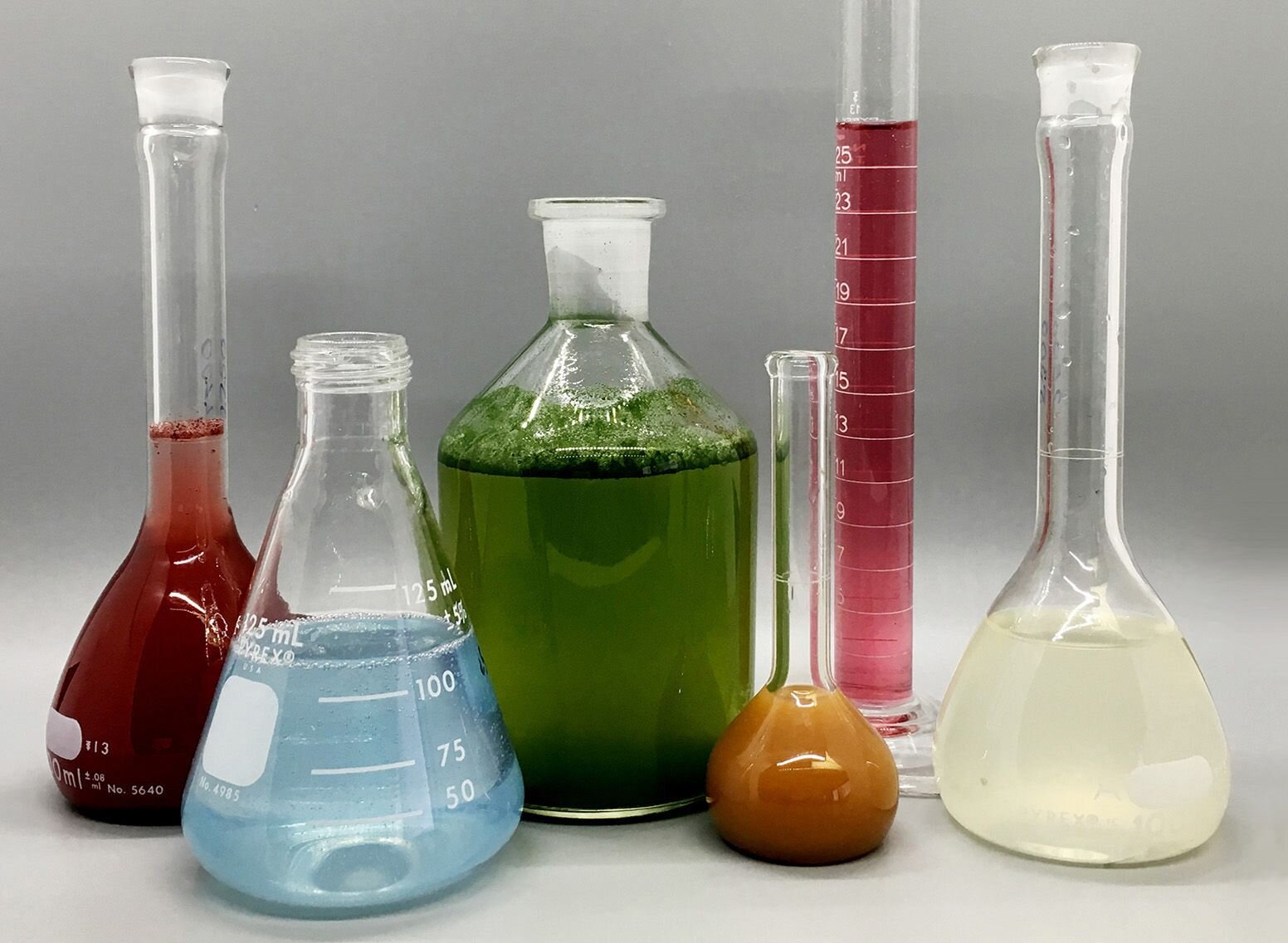Uv/vis/nir Fundamentals Explained
Uv/vis/nir Fundamentals Explained
Blog Article
How Circular Dichroism can Save You Time, Stress, and Money.
Table of ContentsCircularly Polarized Luminescence for BeginnersThe Greatest Guide To Uv/visThe Main Principles Of Spectrophotometers Circularly Polarized Luminescence for BeginnersSpectrophotometers for Beginners

Although spectrophotometry is most typically applied to ultraviolet, noticeable, and infrared radiation, contemporary spectrophotometers can interrogate wide swaths of the electromagnetic spectrum, consisting of x-ray, ultraviolet, noticeable, infrared, and/or microwave wavelengths. Spectrophotometry is a tool that hinges on the quantitative analysis of particles depending upon how much light is taken in by colored substances.
Circularly Polarized Luminescence Fundamentals Explained
A spectrophotometer is typically utilized for the measurement of transmittance or reflectance of options, transparent or nontransparent solids, such as refined glass, or gases. Lots of biochemicals are colored, as in, they absorb noticeable light and for that reason can be determined by colorimetric procedures, even colorless biochemicals can typically be transformed to colored compounds suitable for chromogenic color-forming responses to yield substances ideal for colorimetric analysis.: 65 Nevertheless, they can likewise be created to determine the diffusivity on any of the noted light varieties that normally cover around 2002500 nm using various controls and calibrations.
An example of an experiment in which spectrophotometry is utilized is the decision of the balance constant of a service. A certain chain reaction within a service might happen in a forward and reverse direction, where reactants form products and products break down into reactants. At some time, this chain reaction will reach a point of balance called a stability point.
An Unbiased View of Circular Dichroism
The amount of light that goes through the solution is a sign of the concentration of particular chemicals that do not enable light to pass through. The absorption of light is because of the interaction of light with the electronic and vibrational modes of molecules. Each type of particle has an individual set of energy levels related to the makeup of its chemical bonds and nuclei and therefore will take in light of specific wavelengths, or energies, leading to distinct spectral residential or commercial properties.
Making use of spectrophotometers covers various clinical fields, such as physics, materials science, chemistry, biochemistry. circular dichroism, chemical engineering, and molecular biology. They are extensively used in lots of industries consisting of semiconductors, laser and optical manufacturing, printing and forensic assessment, in addition to in labs for the study of chemical compounds. Spectrophotometry is often utilized in measurements of enzyme activities, determinations of protein concentrations, determinations of enzymatic kinetic constants, and measurements of ligand binding reactions.: 65 Eventually, a spectrophotometer is able to determine, depending upon the control or calibration, what substances are present in a target and precisely just how much through computations of observed wavelengths.
Created by Arnold O. Beckman in 1940 [], the spectrophotometer was developed with the help of his associates at his business National Technical Laboratories established in 1935 which would become Beckman Instrument Business and eventually Beckman Coulter. This would come as a solution to the previously produced spectrophotometers which were unable to soak up the ultraviolet properly.
Facts About Uv/vis/nir Revealed
It would be discovered that this did not give acceptable outcomes, for that reason in Model B, there was a shift from a glass to a quartz prism which permitted better absorbance results - spectrophotometers (https://www.bark.com/en/us/company/olis-clarity/96z8l/). From there, Design C was born with a modification to the wavelength resolution which ended up having 3 systems of it produced
It irradiates the sample with polychromatic light which the sample absorbs depending upon its residential or commercial properties. It is sent back by grating the photodiode variety which identifies the wavelength region of the spectrum. Ever since, the creation and execution of spectrophotometry devices has increased profoundly and has turned into one of the most innovative instruments of our time.

See This Report about Circularly Polarized Luminescence
Historically, spectrophotometers utilize a monochromator including a diffraction grating to produce the analytical spectrum. The grating can either be movable or fixed. If a single detector, such as a photomultiplier tube or photodiode is utilized, the grating can be scanned step-by-step (scanning spectrophotometer) so that the detector can determine the light intensity at each wavelength (which will represent each "step").
In such systems, the grating is repaired and the strength of each wavelength of light is measured by a different detector in the selection. When making transmission measurements, the spectrophotometer quantitatively compares the fraction of light that passes through a recommendation service and a test service, then digitally compares the intensities of the two signals and calculates the portion of transmission of the sample compared to the referral requirement.

Report this page